1 min read
Riding the Renovation Rollercoaster: The Emotions Behind a Remodel
Every home remodeling journey comes with its own set of emotions, and no project is without its ups and downs. After remodeling homes in the greater...
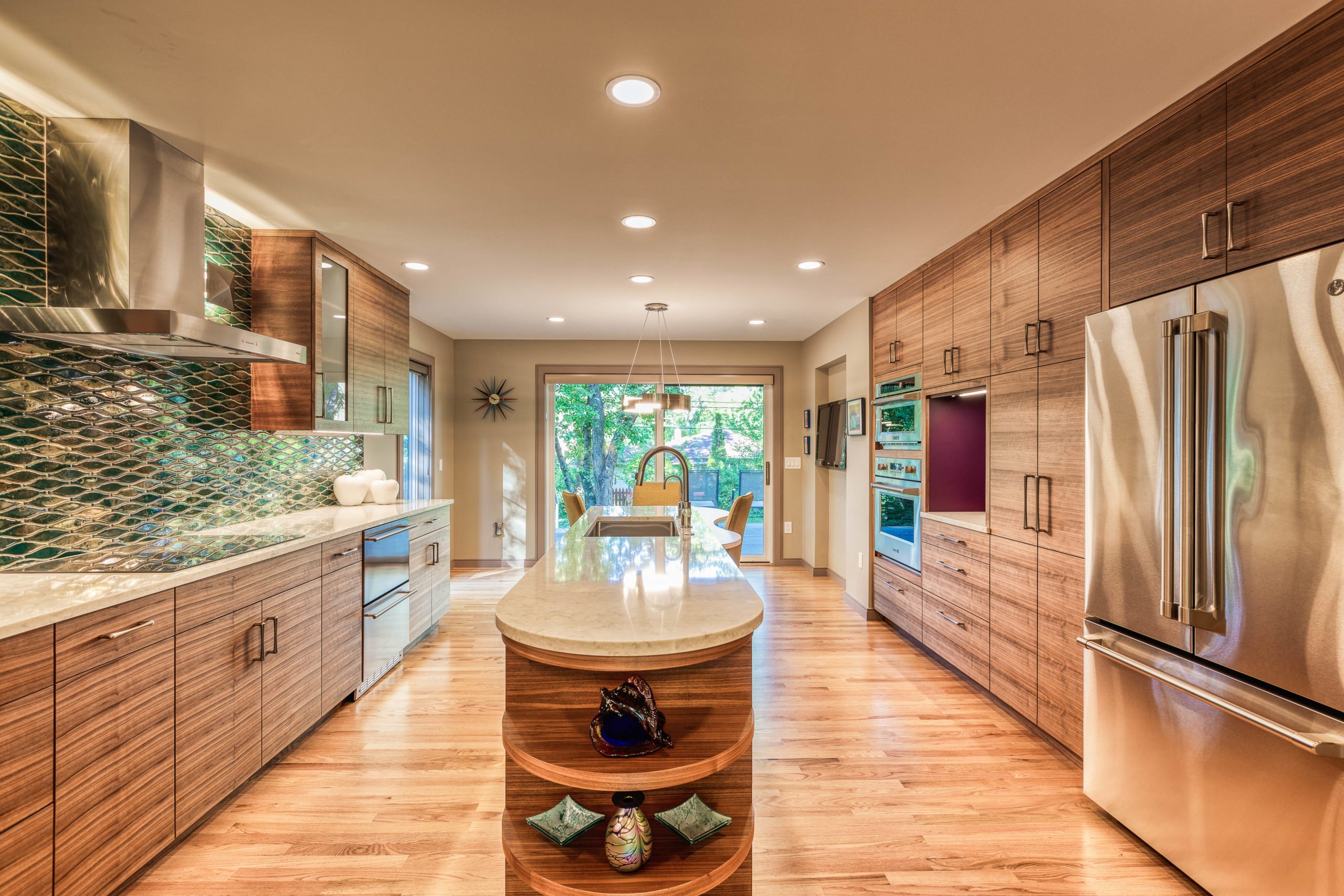
Limited mobility can make everyday tasks like climbing the stairs, putting the dishes away, or maneuvering from room to room feel as challenging as scaling a mountain. But it doesn’t have to be that way.
Whether you’re already struggling with mobility issues or you’d like to prepare yourself for changes in the future, you may consider an aging-in-place remodel. Aging-in-place remodeling incorporates a variety of accessibility features into your home’s overall design and can enable homeowners to remain in their homes for a longer period of time — regardless of changes in health or mobility.
Interested? Keep reading to learn more about what an aging-in-place remodel involves and how to prepare for one.
Many homeowners worry that if they make their home more accessible, it will end up looking institutional like a healthcare facility. This isn’t true. With good design, accessibility modifications can be seamlessly integrated into the rest of your home and look just as aesthetically pleasing.
Planning is essential here. Without a solid plan, good design can be difficult to accomplish. Below are a few questions to ask about the current state of your home and its accessibility, so you can set your remodeling project up for success.
Climbing stairs is a difficult task for people with crutches or walkers, and it’s an impossible one for those in wheelchairs. For an aging-in-place remodel, there are a few ways to eliminate stairs within your home:
The term “zero threshold” is used a lot in home design. It means there is little to no threshold at doorways or at a change in flooring material (e.g. wood to tile). For a fully accessible aging-in-place remodel, strive for thresholds no more than 0.5 inches.
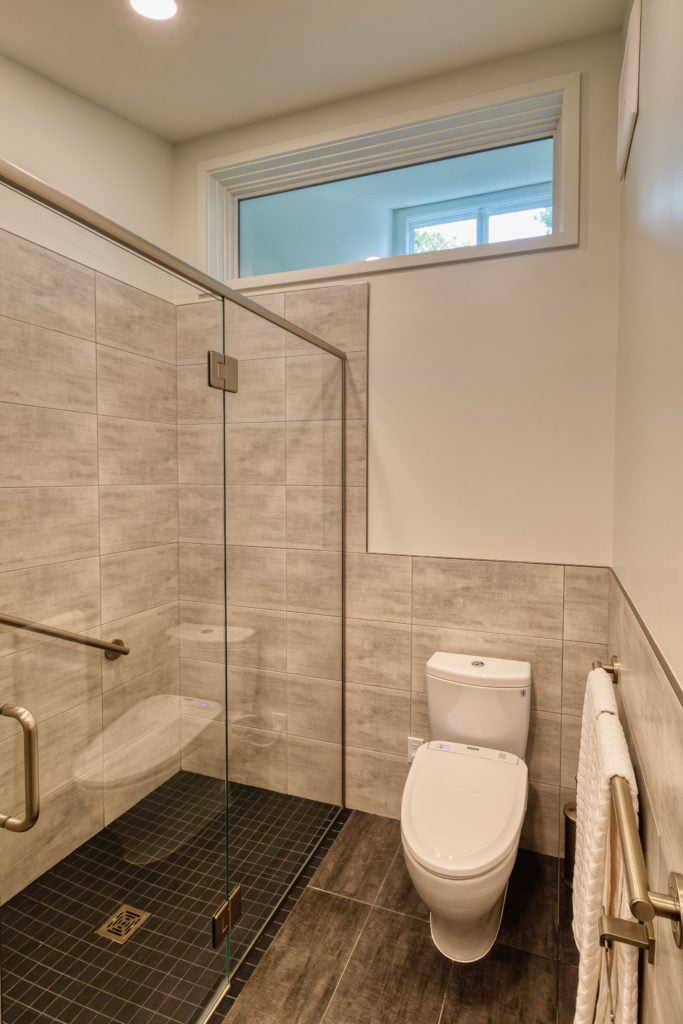
The Americans with Disabilities Act requires a minimum 32-inch clearance at knuckle height, with 18 inches of maneuverable space on the handle side of a door. Standard door hinges don’t always allow for that much clearance, it’s important to check all of your doors. Products like swing-away hinges can easily replace them and allow for maximum clearance.
There are also ways for professionals to widen existing doorways, sometimes without major structural work. Some options include:
Although doorknobs have long been the most popular choice, they aren’t the most ergonomic or functional choice — especially for people with limited dexterity. Consider switching all doorknobs to lever handles. The lever style is easier to use, even with limited dexterity, as it requires no grip to operate.
Determine if there is enough space, clearance, and accessories to help you comfortably navigate your house, both now and in the future. Think about things like hallway width, steps, and handrails.
Wider hallways avoid the dark tunnel feeling of a narrow hallway. Walk-in showers without a threshold give easy access to people of all ages. Handrails can double as towel racks in kitchens and bathrooms.
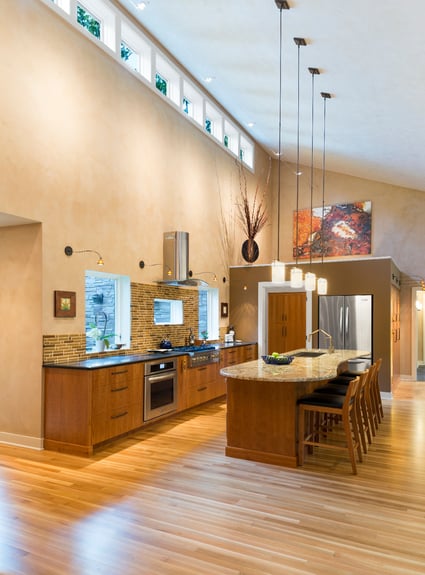
Perhaps you already have a guest bedroom that could use a revamp. Maybe you have an unfinished basement that you’d like to transform into a living space. Or maybe you’d like to take things a step further and build a home addition or accessory dwelling unit (ADU) that includes a full bathroom, bedroom, and kitchen.
Whatever you choose, an extra living space for an at-home care provider is a great idea for your aging-in-place remodel. This person could be a family member or hired healthcare staff. Either way, you’ll want to make sure they have a comfortable place to stay while they’re caring for you or someone else in your home.
If you never end up needing an at-home care provider, your added space won’t be a waste of time or money. It can function as a great place for guests to stay when they visit.
As generations continue to live longer and as healthcare continues to advance, aging-in-place remodels are the way of the future. If you’d like to get started on your own and increase the possibility of staying in your home for longer, contact our team at Meadowlark Design+Build.
Leading the way in sustainable, long-term design, our team understands the value of aging-in-place remodeling. We know how to bring your vision to life and incorporate the tools you need while maintaining a beautiful, cozy feel in your home.

1 min read
Every home remodeling journey comes with its own set of emotions, and no project is without its ups and downs. After remodeling homes in the greater...
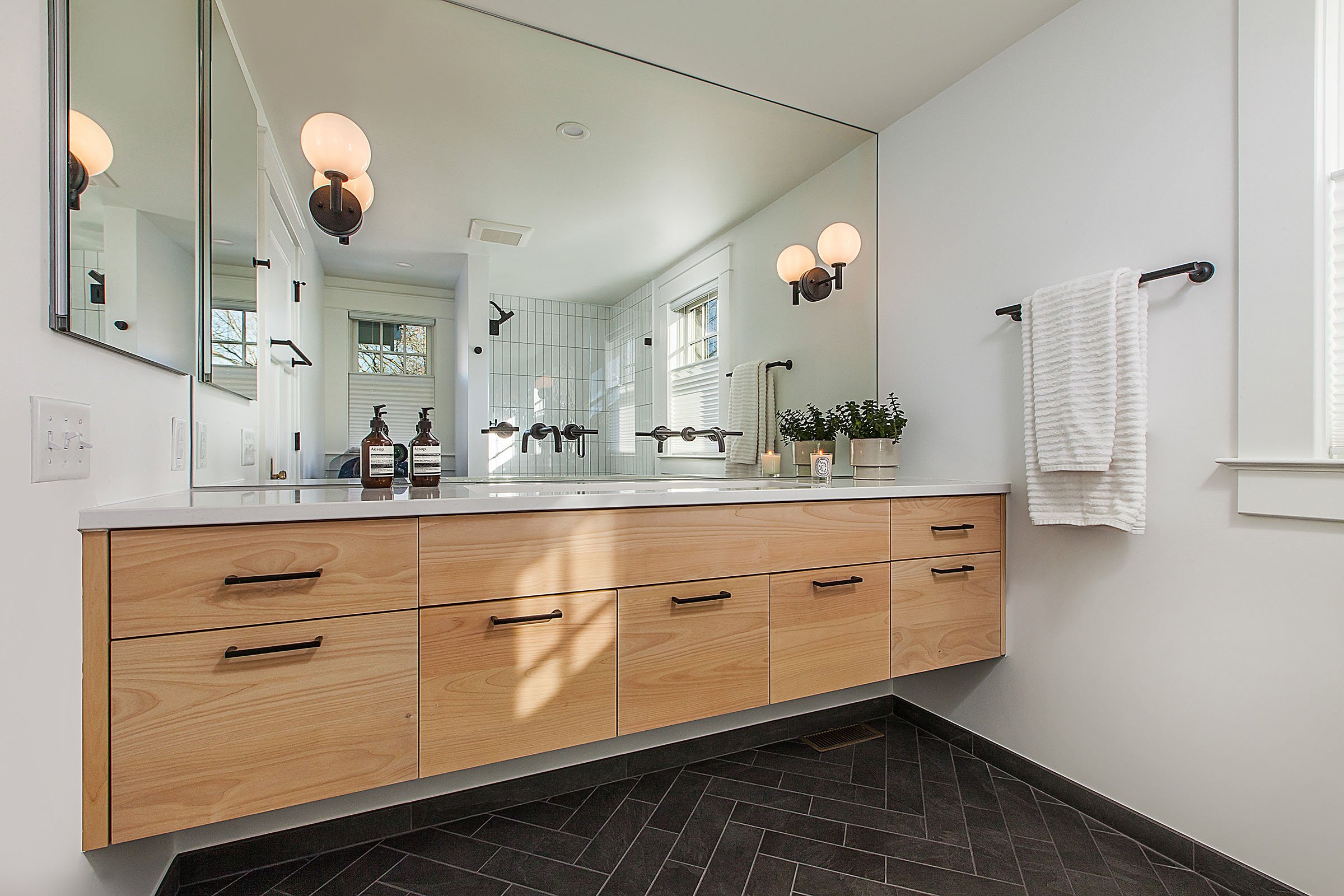
Transforming your home is not just about aesthetics; it's about finding solutions that fit your budget and lifestyle. When upgrading your kitchen or...
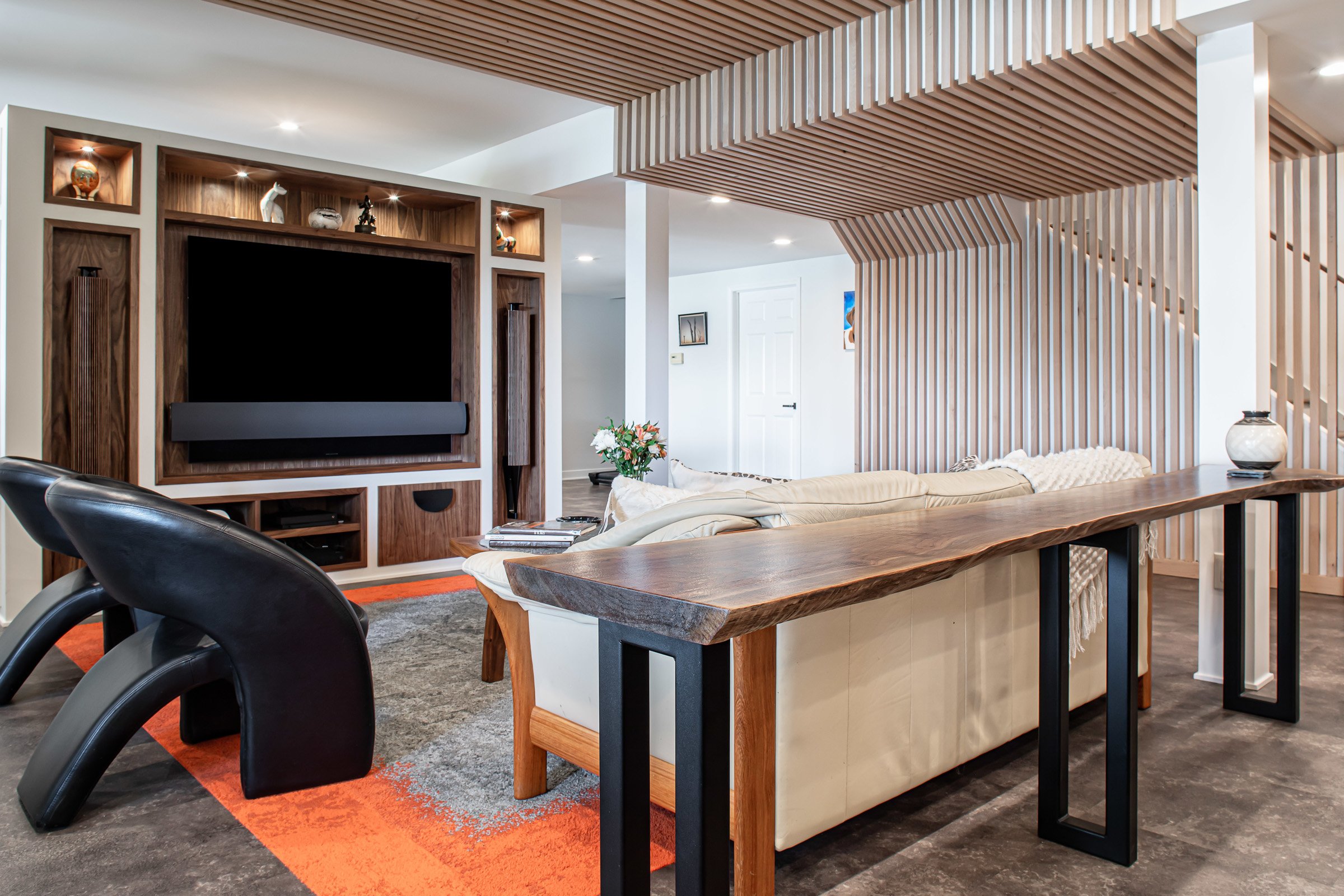
We’re thrilled to be featured in The Scout’s Guide’s latest piece, “How to Upgrade Your Basement, According to the Experts.” We invite you to check...